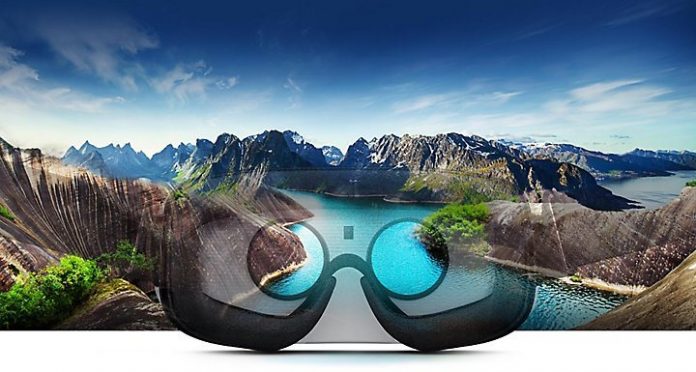I suppose there is a good percentage of the population of this planet who have never really given a thought to Virtual Reality tourism.
Notice that I haven’t mentioned any of the millions of other planets in the universe on which life undoubtedly exists. We’re talking about this one. Earth.
Does the population of Earth know that VR tourism is just around the corner?
Does the population even know what VR tourism is?
Let’s correct that situation… right now!
VR devices have been around for quite a few years now. Whether they’re high-end devices like the Oculus Rift, or low-end devices like Google Cardboard, they present the viewer with a three-dimensional reality.
This offers far greater depth than just being able to look around in 360 degrees – since there are two different views, the eyes actually can see depth, just like in everyday life.
You can stand in the streets of Paris and look up at the Eiffel Tower.
You can take a boat ride down a river. Or walk along a beach.
You could… potentially… climb Mount Everest.
You could… just as potentially… walk on the moon!
Here’s Google Cardboard‘s version of the Apollo 15 Moon Walk. The video can be viewed in 2D or 3D in a variety of ways, including using red-cyan Anaglyph glasses.
The potential is limitless. Let’s see where that potential could go…
Exploring destinations where the visuals are the main attraction
Not every tourist location is ‘interactive’ if you really think about it.
Let’s say that you were visiting the African desert. It would be an interesting experience.
But it would be mainly visual.
You would wander around looking at the scenery, getting a sense of the desert.
Seeing.
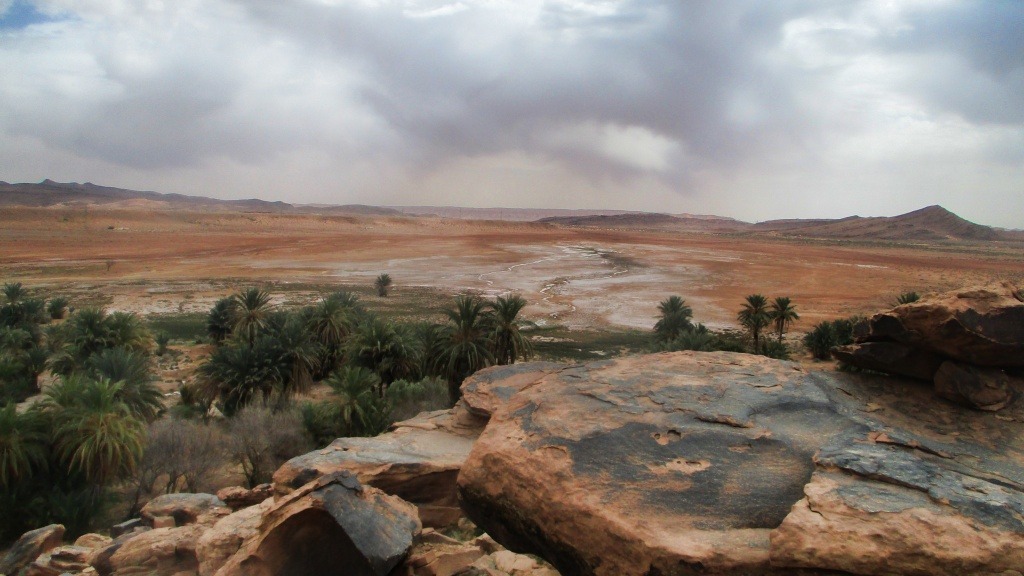
So why not see the same things in virtual reality?
Right in your own living room.
Some might argue that you can’t experience the desert environment in VR. But think about it.
Do you really want to experience scorching heat that draws the water right out of your body? In this case, the VR experience is actually more positive than the real one – it allows you to take in the visuals without actually suffering the desert heat.
The same may be applied to just about any experience that involves basically visual tourism.
The views in the Rocky Mountains, in the Swiss Alps, viewing the Northern Lights – these are all experiences that easily translate into Virtual Reality.
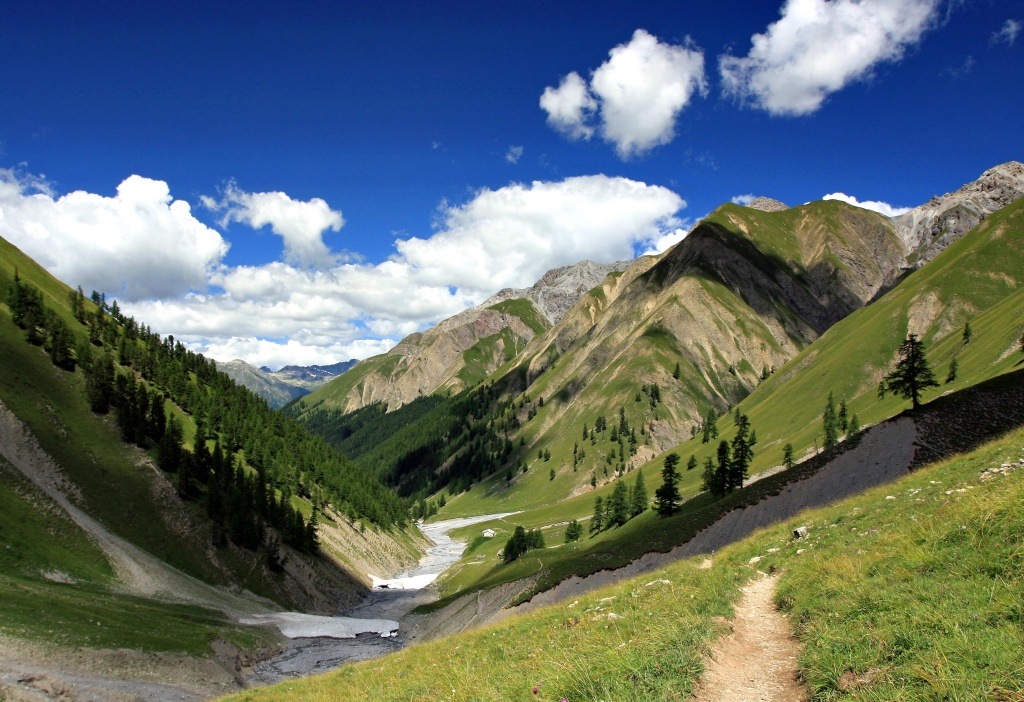
Virtual Reality can be better than real life
In a nutshell, here’s why. Firstly, traveling to a location can be a great deal of trouble.
Secondly, the huge jet-liners we use to get there are the most consistently damaging things for the environment that even a human race that specializes in damage to the environment has ever invented!
Thirdly, the sights you are going to see may not be ‘optimal’ when you get there.
Let’s use the Northern Lights as an example that demonstrates what I’m talking about. If you wanted to see the Northern Lights – for real, not just in the picture below – let’s see what you’d have to do to get there…
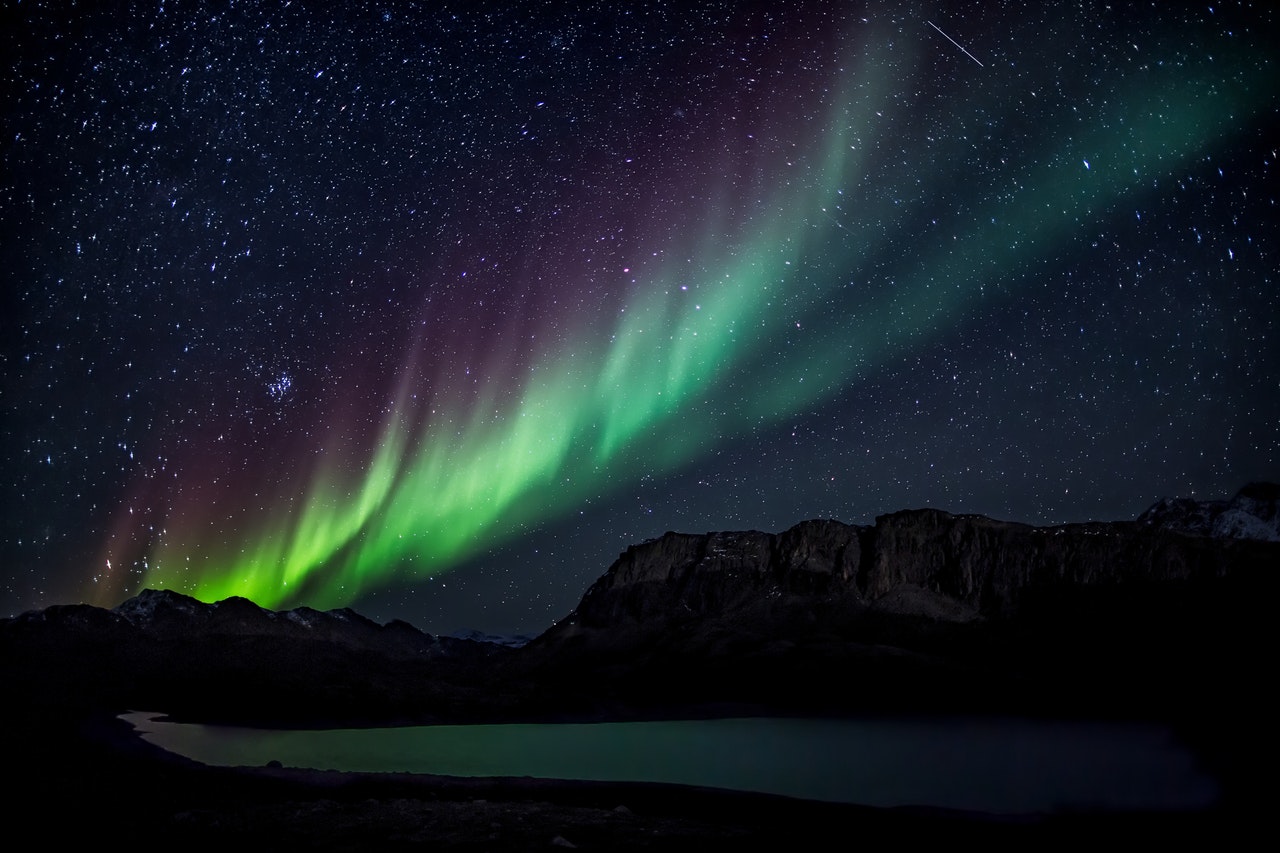
The inconveniences of travel
To ‘see a sight’ you have to get to it, after all.
That encapsulates all the inconveniences of travel – of catching taxies, buses and airplanes, of lugging luggage and making connections. Of jet lag. Of finding hotels.
And all of this costs time and money – let’s not forget that.
Most of the population of the planet – even those who are fairly well-to-do – can only afford one or two vacations a year. There are many reasons for this.
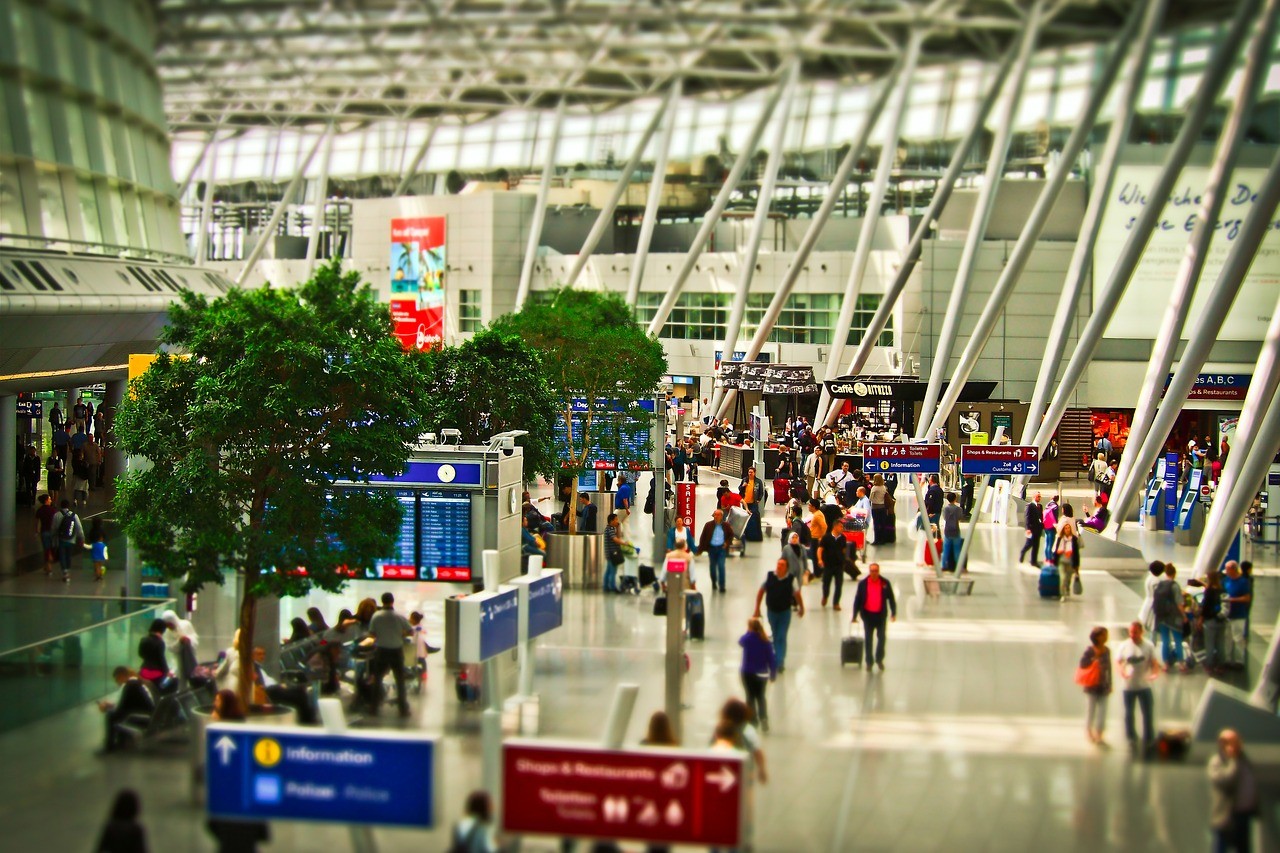
Firstly, as I said…
Vacations cost money
Fairly large amounts of money, when you factor in plane tickets and hotel reservations, as well as the costs of dining in tourist zones designed to ‘milk’ tourists.
It’s bad enough for the lone traveler, but for a family… This is not to say that one can’t ‘travel cheap’ if one puts one’s mind to it. Of course one can, but that has its own set of inconveniences, and even dangers.
Travel also costs time
After all, for most people, going on vacation means taking time off from work. It’s inevitable. This, more than anything, limits how much people can travel in a year.

Finally, when you get to a location, the sights may not be ‘optimal’
We were using going to see the Northern Lights as an example of ‘reality tourism’. So, you might travel to a hotel that specializes in viewing the Northern Lights. You might even carefully choose a time when you are most likely to see the Lights.
But the fact is, you may be disappointed.
You may not get to see the Northern Lights at all. Or even if you do, the display might not be as spectacular at the time when you happen to see them.
Compare this with the same experience on a high-end Virtual Reality device like the Oculus Rift, or HTC Vive. You’ll be seeing true-3D, 360 degree views of the best Northern Lights displays in years – a truly unforgettable experience.
You will be as familiar with the glories of the Northern Lights as people who have lived under them their whole lives.
There’s another limitation to ‘real world’ travel and tourism…
Travel only moves you to a single location
Let’s say you’re going to visit the Northern Lights.
You can’t simultaneously move to the Australian Outback, the Niagara Falls and the Swiss Alps.
You’re going to see the Northern Lights, and that’s what you’re going to see. You’re limited by time and space and the laws of physics – the laws of the universe itself. You can’t step past the laws of the universe.
Or can you?
You can – and that’s exactly where Virtual Reality comes in.
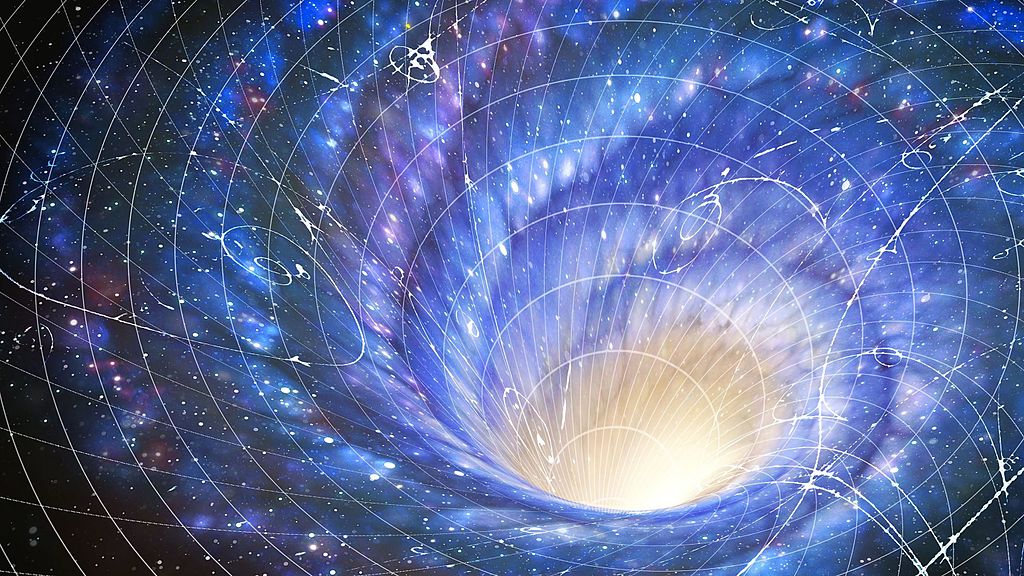
Finally, in Virtual Reality, the world is within reach in your own home
Think of it – experiencing the wonders of the world in glorious 3D, able to move around and look around – all in the comfort of your own home.
Without traveling, without the inconvenience of spending time and money on simply altering your physical location.
Right there in your living room.
You don a VR headset, and instantly – instantly – you’re viewing the northern lights. You watch the greatest views of the Northern Lights that this world has to offer.
And then, again instantly, you are transported to France. Or Australia. Or Switzerland. Or, as below, are face to face with wild elephants in Africa…
Time and space no longer command you.
The limitations of money no longer command you.
You can be anywhere on the planet that you please, the moment that it pleases you to do so.
This is the future of tourism in Virtual Reality.
Let’s explore the potential of tourism in Virtual Reality
Yes, you could visit Notre Dame in France in reality. But could you actually climb the spire?
This sort of ‘extreme tourism’ could soon be possible, as this 360 degree video below proves.
Don’t forget to look around at the amazing view of Paris, a view that few people in the world will ever be in a position to see in real life…
Too extreme for you?
Why not just wander around the interior of Notre Dame in a more relaxed manner…
And here’s a beautiful VR visit to an aquarium in Barcelona…
Or you could walk around a Bangkok market at night, in Virtual Reality…
That too placid for you?
Then leap from an aircraft to parachute to the ground…
What else is possible in VR Tourism?
A great deal more, it turns out.
Museums in VR
Think of having all the museums of the world in VR!
Museums should already be doing this, in the interests of the human race, but ethics always lags behind technology.
After all, if all the museums of the world were in VR, who would ever pay to look into them?
Actually, that’s a very short-sighted view
In reality, museums could charge the normal price on tickets for a ‘VR Ticket’ – and get ten times the visitors – and earnings – that they do at present!
Just imagine it – you buy an online VR ticket to a museum, and a floor plan of the museum comes up. When you focus on a wing of the museum, an audio guide tells you what to expect on that floor.
If you select a floor, you are transported to a VR experience of that floor, where you can walk along, viewing the exhibits, stop at an exhibit, look at it for as long as you wish, and then move on.
When you’ve had enough of one wing of the museum, you can move along to another area – in Virtual Reality.
This video is very simple, of course, but it gives you some idea of how this would work…
Prefer cars instead?
Take a look at this car museum…
Even this concept could be improved
Imagine ALL the museums of the world linked to a single site, from which you can access them all in VR. All the knowledge of the world in a single place, for ANYONE in the world to explore.
Think how this could push forward the horizons of the human race.
So how much of this is reality – or even virtual reality?
Companies like Google are very much at the forefront of the latest in Virtual Reality Tourism.
Google Expeditions
Google is pushing it’s Daydream project forward, but more than a million children around the world have used Expeditions to visit places like Machu Pichu – as well as to swim in the sea alongside sharks (where else would children be able to do something like that?), as well as go on space trips or on trips to museums.
All from the security and safety of their own classrooms.
We very much recommend that schools and teachers use the Expeditions app, and open a world – and even a universe – to the young minds in their care, using VR technology that surpasses boundaries in a way that has never been possible to humanity before.
Here’s a short introduction to how Google Expeditions works.
Here’s the Google Expeditions Site. Google is still pushing forward the Expeditions project, so the experience can only grow.
Rapid VR
Rapid VR seem to be a mix of professional filmmakers and dedicated VR enthusiasts.
They’re good, but I can’t quite make out what their focus is yet – whether on VR Tourism for the common man, or VR movies for companies, resorts, or even museums. That is to say, places who want to give people a ‘VR preview’ that will encourage people to visit in real life. The lack of extensive content probably means they’re aiming at the latter.
They’re included here because they have some nice content. Check out this intro video…
And this rather interesting VR trip to Taronga zoo…
Google Photos
Another Google product. The app can let people view panoramas in 3D. That’s hardly ‘virtual reality’, of course, but it’s a step in that direction. Of course, Google Maps’ street views allow you to do virtually the same thing. There are a lot of programs out there that allow you to ‘stitch together’ photographs taken in different directions into 360 degree panorama views.
However Google Photos is special in that the app actually allows you to view pictures taken with the Cardboard Camera in true 3D with a 360 degree field of vision. That’s not VR, but for the average person, it’s a convenient, and very personal substitute.
After all, you can take and share pictures of your family, or pictures taken while on holiday – in a 360 degree view and in as high a 3D resolution as your smartphone can support.
Other Organizations developing VR Tourism
I’ve heard of GeoVegas and 3rdPlanet as being connected to VR Tourism experimentation right now. I couldn’t find any content by GeoVegas, but 3rdPlanet had some beautiful videos.
Visualize is another company moving into VR
They’re very commercial, yet a growing, nascent company has to be so. Yet they do some excellent work.
Look at the video below – available in 360 degree 2D, VR and Anaglyph – and stand on a rocky coast where penguins nest and play around you…
Here are other developments in the field of Virtual Tourism…
VR Teleporter Booths
Look at these – VR Teleporter Booths that not give you a visual VR experience, but also add 4D effects, such as mist, spray, moving ground, and rain!
These booths were showcased by Marriot, and designed by Relevent, and are the first step to a new kind of VR tourism – 4D.
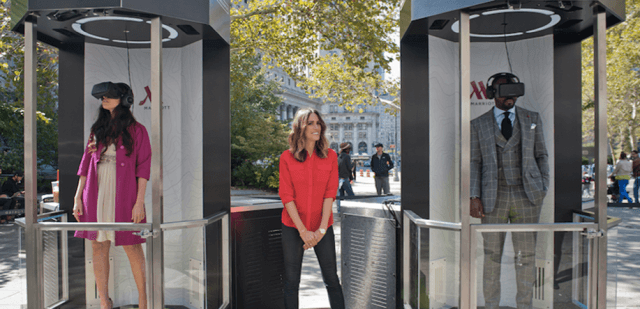
So what is 4D?
4D is a method of making the experience of VR more immersive. In conventional VR, you have 3D glasses that give you a 360 degree field of view.
In the case of 4D, other sensory cues are brought into play. If you’re standing in a grassland, and a wind is moving the grass, then vents will blow air towards you in the direction from which the wind is blowing. If you are standing in a rain-storm, sprinklers with spray you with water!
The video below will explain to you exactly how 4D can work in its ultimate avatar – the video is gaming-oriented, but after you watch it, I will explain how 4D can be applied to VR Tourism.
You’ve seen in the video how 4D VR can become a complete sensory experience.
Of course that was VR Gaming at its finest and most realistic, but the same principle can be applied to Tourism.
How could 4D VR be applied to Virtual Tourism?
Let’s consider that point. Let’s say we wanted to show the Pyramid of Giza in 4D.
Of course, as is obvious in the video, 4D cannot be achieved in your living room.
But let’s say there’s a ‘Virtual Tourism Center’ near you. A center like the ‘Void’ you’ve already seen in the video. Such a major commercial VR institution could include 4D recreations of the interior of the Pyramid of Giza, which a paying customer could then explore.
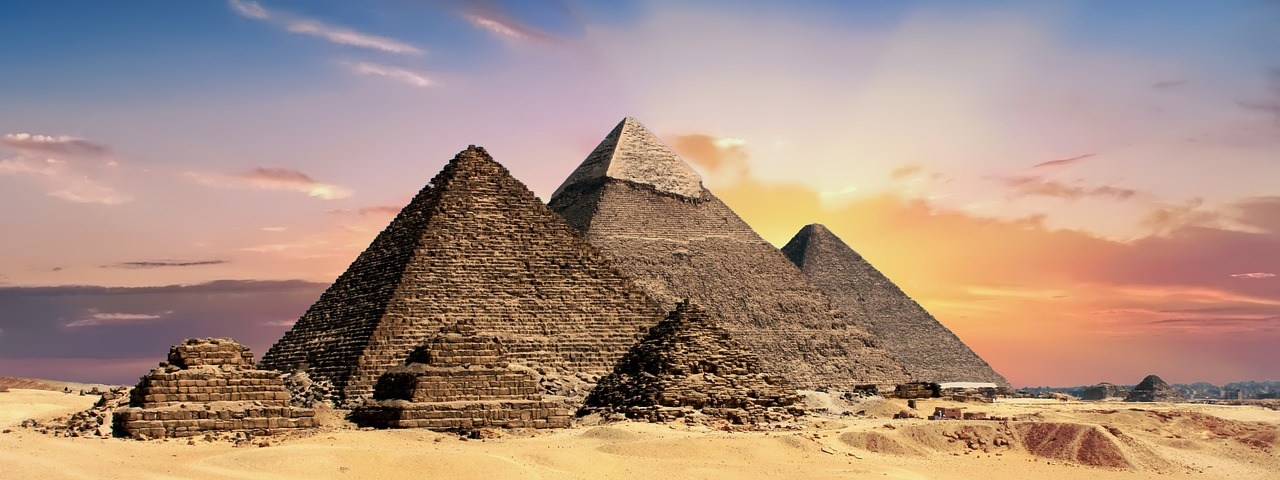
These recreations could be ‘time-dated’, so that a person could take on the role of the first discoverers of the pyramids.
After all, what are the pyramids today?
Horrible tourist traps, with all the incredible treasures of the Pharaoh looted long ago.
A VR Tourist could instead explore the Pyramids – not as they are now – but instead as they were when they were full of the treasures of the Pharaoh!
Another section of the Pyramid simulation could include ‘climbing the Pyramid’ – which is illegal in Egypt today, but which is not illegal in VR!
And VR Tourists, having climbed the Great Pyramid, could stand atop it, and look out over the desert!
But even that is only the beginning…
Space Exploration
Yes, VR can be applied to space.
VR can allow one to explore the planets of this system, fly to other world, stand under the acid rains and metal snows of Venus (Did you even know that it snows metal on Venus?).
VR explorers can walk on the moon… or on Mars.
Or orbit the world, or travel into space.
Join me on a short visit into Orbit aboard the International Space Station…
What would it be like walking on Mars?
This video from a shot from the Curiosity Rover should give you some idea of what it will be like. Step with me, onto the world Mars…
Of course, that’s only a still panorama without an audio feed – certainly not 4D.
But you begin to get the idea. Even one of those 4D booths we discussed a little earlier would bring this to stunning, awe-inspiring life, as you watched one of the terrifying Martian dust-storms rise on the horizon.
Let’s face it.
That’s not an experience the great majority of us will achieve in our lifetimes.
Entire Virtual Worlds!
Even more fascinating are entire virtual worlds created in 3D. These work something like 3D games – one of the most interesting of these that has just been developed is Mars 2030.
Go on and explore the site. It’s amazing.
Mars 2030 is a VR game that actually allows you to explore 40 square kilometers of Mars.
It allows you to be one of the first explorers of another planet.
The views are stunningly accurate – and have been created from the actual data brought in by our robot explorers of the red planet!
But see for yourself…
https://www.youtube.com/watch?v=nPaySURS028
Here’s another in-simulation video of Mars 2030…
So, now for the important question…
What can’t Virtual Reality deliver?
For the moment, you can’t possibly replicate some experiences in ordinary VR.
Mind you, these things are possible in 4D. But not in your living room.
So, a VR Tourist can’t bathe under a waterfall, for example. That’s a very tactile experience. You can’t push your way through a jungle. That’s not really possible in ‘living room’ virtual reality.
You can’t walk around Paris at will, taking any street you want, and interacting with the people you meet there. You can’t taste the cuisine.
All these things are light years ahead, and may never be a reality.
So what COULD be a reality sometime soon?
Well, a vast ‘VR Tourist Site’ that includes most major destinations in the world – a site like Google Expeditions – could be, and is a reality today.
Another thing that’s already possible is ‘guided tours of cities’, where a guide takes you around the city, and tells you about the different monuments, and you can look around as you please.
Look at this video for an idea of how this would feel…
You see that it’s quite a good experience – you look around, there’s a guide talking, it’s quite wonderful. Live streams would be even better. I’m quite sure we’ll see both soon.
